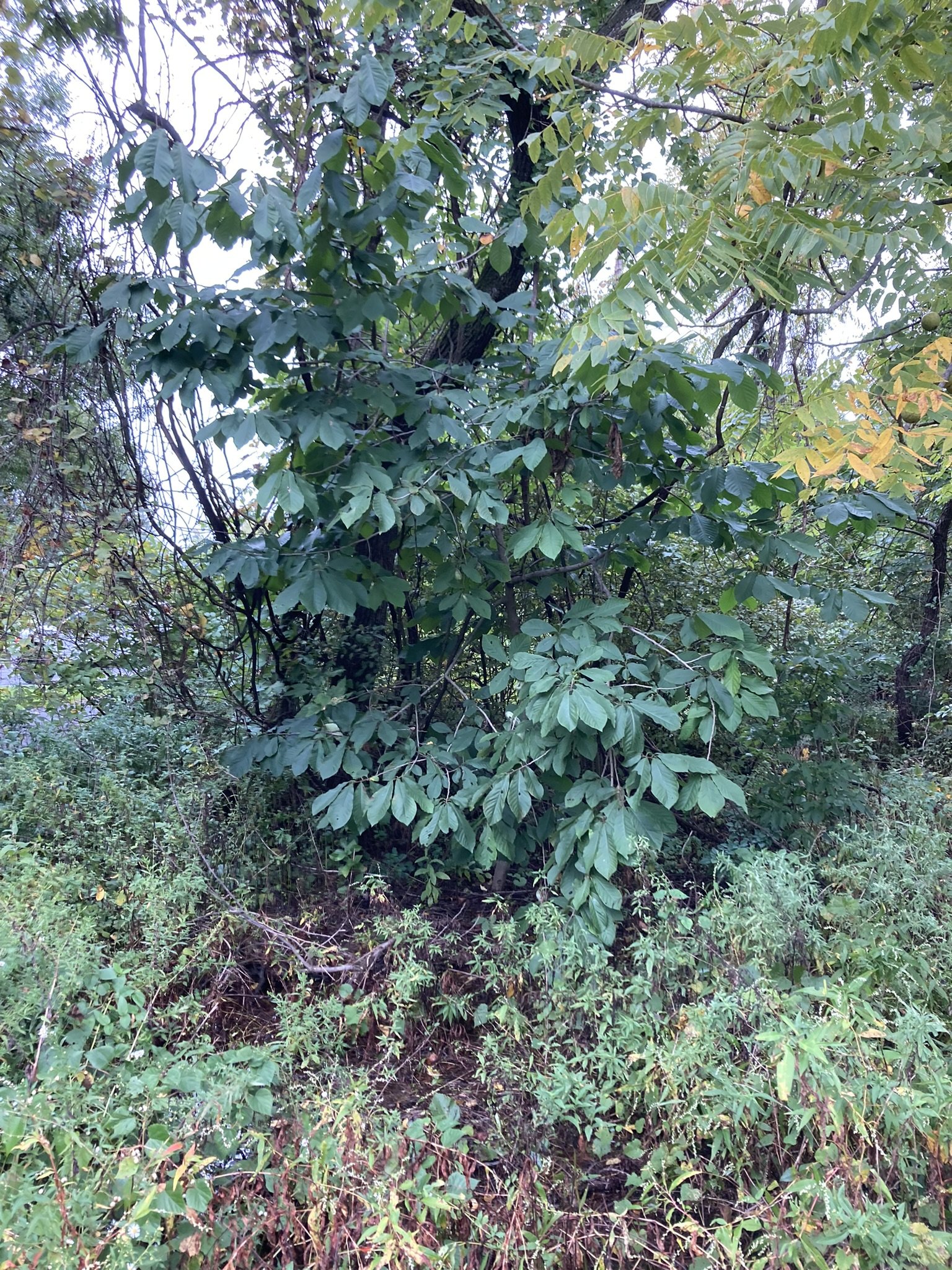 Image 1 of 7
Image 1 of 7

 Image 2 of 7
Image 2 of 7

 Image 3 of 7
Image 3 of 7

 Image 4 of 7
Image 4 of 7

 Image 5 of 7
Image 5 of 7

 Image 6 of 7
Image 6 of 7

 Image 7 of 7
Image 7 of 7








Tulip Tree
🌲 Liriodendron tulipifera (Tulip Tree / Yellow Poplar)
Large Deciduous Tree | Eastern North American Native | Pollinator Resource | Majestic & Fast-Growing
Highlights for Native Plant Enthusiasts:
🐝 Nectar-rich tulip-shaped flowers feed native bees, beetles, and hummingbirds
🐛 Host plant for several native Lepidoptera, including the Tiger Swallowtail
🍃 Distinctive four-lobed leaves turn bright yellow in fall—high ornamental and seasonal value
🌳 Grows tall and straight—excellent for restoring vertical structure to rewilding and forest-edge sites
🌿 Naturally found in moist bottomlands, rich woods, and slopes—a keystone of eastern mesic forests
💨 One of the fastest-growing native hardwoods—ideal for carbon capture and shade projects
Growing Information:
Height: 70–100 ft | Spread: 30–50 ft
Soil: Moist, well-drained loams preferred; tolerates clay once established
Light: Full sun to part shade
Zones: 4–9
Type: Large deciduous canopy tree
Flowering Time: Late spring to early summer (greenish-yellow with orange center)
Why Native Growers Love It:
Liriodendron tulipifera is a regal and ecologically valuable giant, offering nectar, structure, and shade in abundance. Its uniquely shaped leaves and elegant flowers make it a favorite among native gardeners and restorationists alike. It's particularly effective in riparian zones, urban forestry projects, and habitat corridors where fast growth and height are needed.
With its deep roots in eastern temperate forests, this tree supports pollinators, birds, and native insect populations, while also building long-term habitat structure for generations to come.
Grown from regionally collected seed. No systemic pesticides. Available as bare root or potted saplings. Ideal for large-scale plantings, climate-resilient design, and habitat restoration.
Pairs beautifully with red maple, sweetgum, and native understory trees like redbud and dogwood.
🛒 Plant Liriodendron tulipifera—reach for the canopy, restore the forest.
🌲 Liriodendron tulipifera (Tulip Tree / Yellow Poplar)
Large Deciduous Tree | Eastern North American Native | Pollinator Resource | Majestic & Fast-Growing
Highlights for Native Plant Enthusiasts:
🐝 Nectar-rich tulip-shaped flowers feed native bees, beetles, and hummingbirds
🐛 Host plant for several native Lepidoptera, including the Tiger Swallowtail
🍃 Distinctive four-lobed leaves turn bright yellow in fall—high ornamental and seasonal value
🌳 Grows tall and straight—excellent for restoring vertical structure to rewilding and forest-edge sites
🌿 Naturally found in moist bottomlands, rich woods, and slopes—a keystone of eastern mesic forests
💨 One of the fastest-growing native hardwoods—ideal for carbon capture and shade projects
Growing Information:
Height: 70–100 ft | Spread: 30–50 ft
Soil: Moist, well-drained loams preferred; tolerates clay once established
Light: Full sun to part shade
Zones: 4–9
Type: Large deciduous canopy tree
Flowering Time: Late spring to early summer (greenish-yellow with orange center)
Why Native Growers Love It:
Liriodendron tulipifera is a regal and ecologically valuable giant, offering nectar, structure, and shade in abundance. Its uniquely shaped leaves and elegant flowers make it a favorite among native gardeners and restorationists alike. It's particularly effective in riparian zones, urban forestry projects, and habitat corridors where fast growth and height are needed.
With its deep roots in eastern temperate forests, this tree supports pollinators, birds, and native insect populations, while also building long-term habitat structure for generations to come.
Grown from regionally collected seed. No systemic pesticides. Available as bare root or potted saplings. Ideal for large-scale plantings, climate-resilient design, and habitat restoration.
Pairs beautifully with red maple, sweetgum, and native understory trees like redbud and dogwood.
🛒 Plant Liriodendron tulipifera—reach for the canopy, restore the forest.































